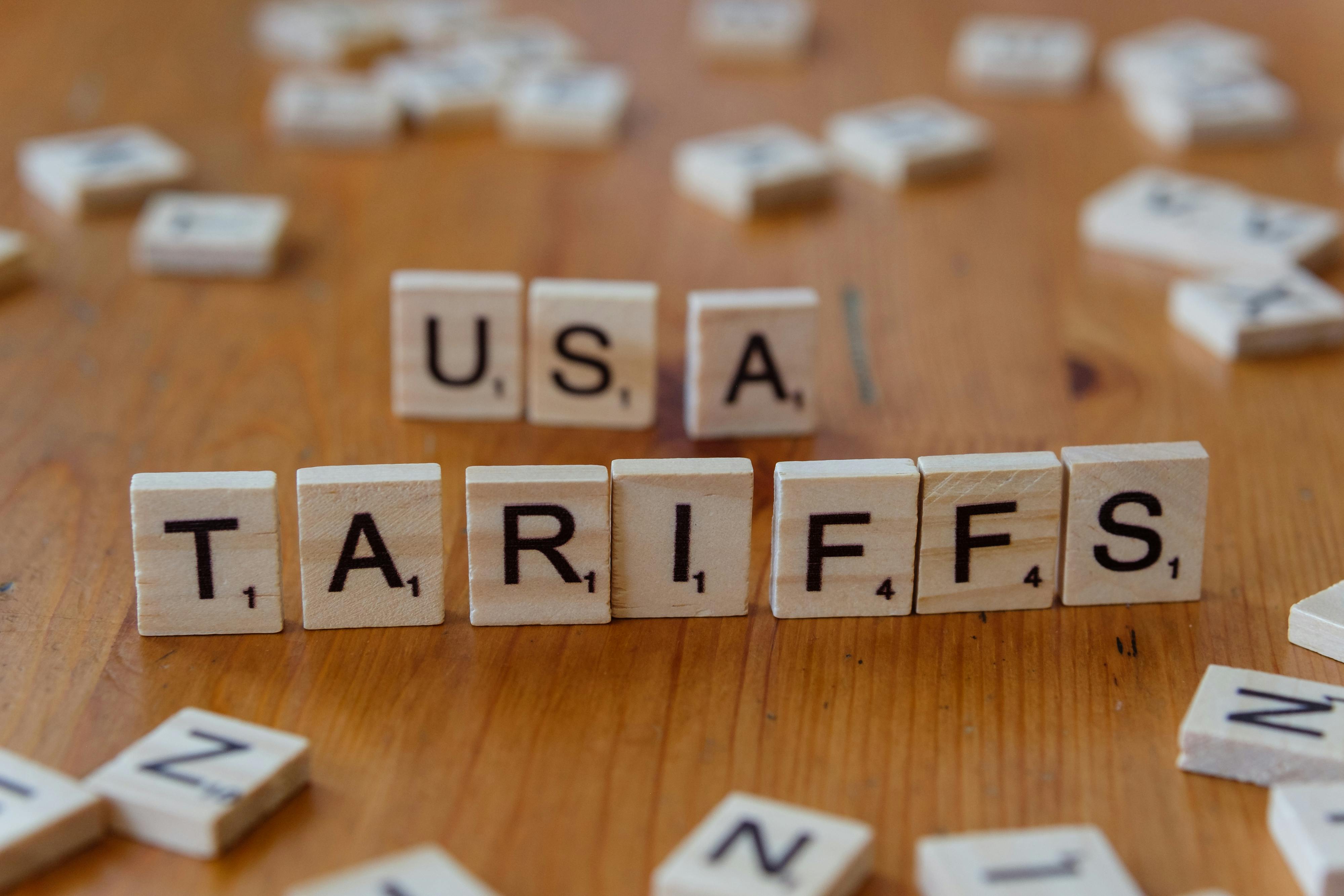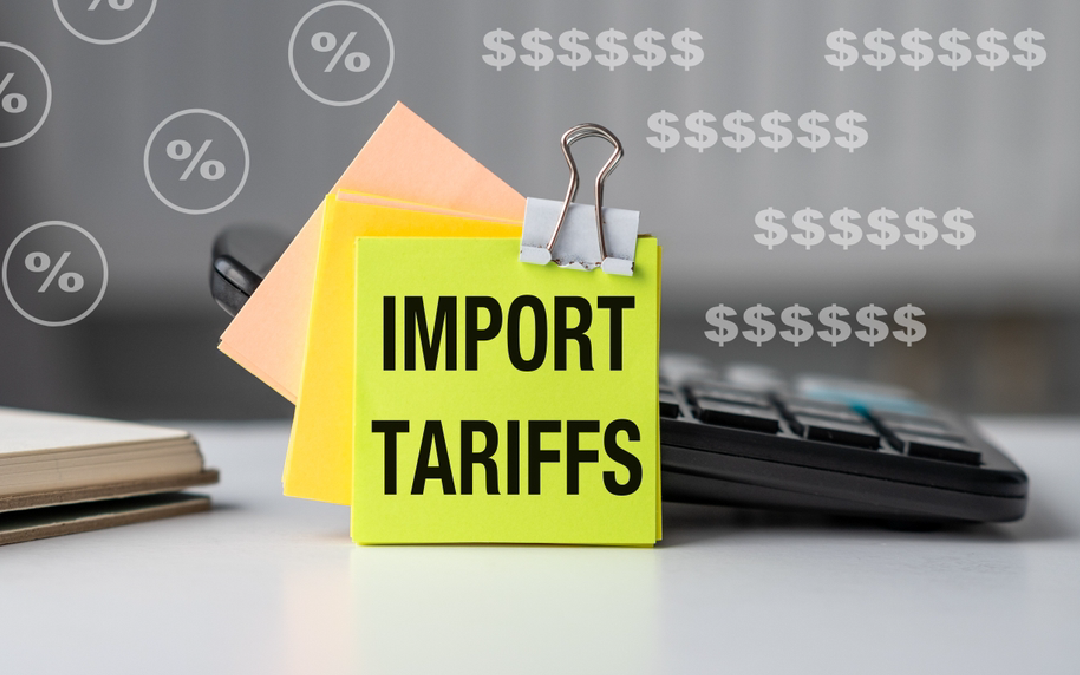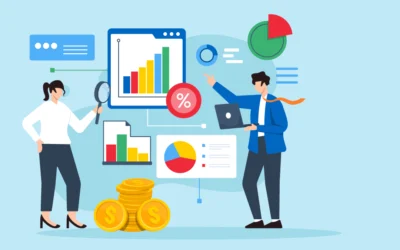Global trade is heavily influenced by tariffs. Politics gets heated when they’re involved. Grasping their core nature lets us see how they’re built without falling into one-sided thinking. So what exactly are tariffs, and why do countries enforce them?
So what exactly *is* a tariff?
At its core, a tariff is a tax imposed on imported goods. This financial charge, usually calculated as a percentage of the product’s value, serves multiple purposes:
- Revenue Generation: Taxes on imports—tariffs—fill government coffers. Public services, infrastructure upgrades, and national programs—these are all things that can be paid for with this money.
- Protection of Domestic Industries: By making imported products more expensive, tariffs encourage consumers to buy local. This support acts as a buffer, allowing local companies to contend with those from overseas. The outcome? A stronger domestic economy.
- Regulation of Trade: Countries use tariffs to control how many foreign goods come in and what kinds they are. Think of it this way: stronger national security, a thriving economy (thanks to strategic industries), and the protection of our cultural history. It works like this.
There are many good things about tariffs; it protects domestic industries.
- Think about how supporting local farmers markets or shopping at family-owned stores directly impacts the people around you. The impact on local economies is significant—that’s the real power here.
- Local businesses get a leg up when protected; this can mean more jobs and a stronger local economy.
- Trade deficits? Yeah, we can tackle those.
- A more balanced trade is possible with tariffs. Reducing imports and increasing exports is how tariffs achieve this.
- Encouraging Fair Competition
- Tariffs may create a more level playing field where local businesses can compete against unfairly priced foreign goods.
- Government initiatives rely on funding; where does that money come from? Taxes, of course, but also bonds and other sources.
- Public services get a boost from tariff revenue; this benefits the entire community.
There are some real issues with tariffs; they cause a lot of trouble. Higher prices and trade wars are just two examples.
- Prices are climbing for consumers.
- Higher prices hit consumers hard when tariffs increase the cost of imports. Household budgets feel the pinch.
- Retaliatory Measures
- Other countries may respond with their own tariffs, leading to a trade war and escalating costs for businesses and consumers internationally.
- Inefficiency in Domestic Markets
- If domestic industries become overly reliant on tariff protection, they may lack the incentive to innovate or improve quality, leading to stagnation.
- Global supply chains are feeling the effects.
- Global supply chains get disrupted by tariffs; this leads to higher prices and production delays.
Finding equilibrium is the challenge.
Setting tariffs is tricky for any nation. Protecting our own companies and bringing in money might need these rules, but higher prices for shoppers and problems with other countries could happen too.
Governments use tariffs—why? Their big-picture plans and financial aims usually hold the answer. In instances of protectionism, the immediate gain for local industries can sometimes eclipse the broader implications of price increases for consumers. Free trade, while good for consumers through lower prices from global competition, presents a risk: domestic industries could struggle.

Conclusion
Economic forces are constantly interacting; tariffs show us how. While they provide essential services and generate revenue, the increased financial burden on taxpayers is a significant concern. Think higher taxes and fees.
As consumers and taxpayers, grasping the truth regarding tariffs—free from political bias—helps foster informed discussions about our economic landscape. Just as balancing a scale requires careful attention, so too does the enforcement of tariffs demand thoughtful consideration. Understanding both sides equips us to navigate a world influenced by these fiscal measures effectively.



